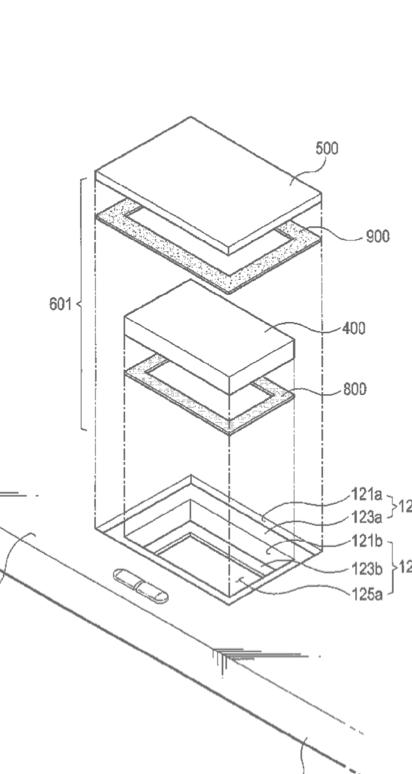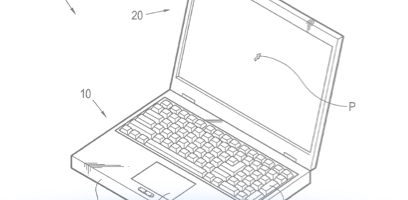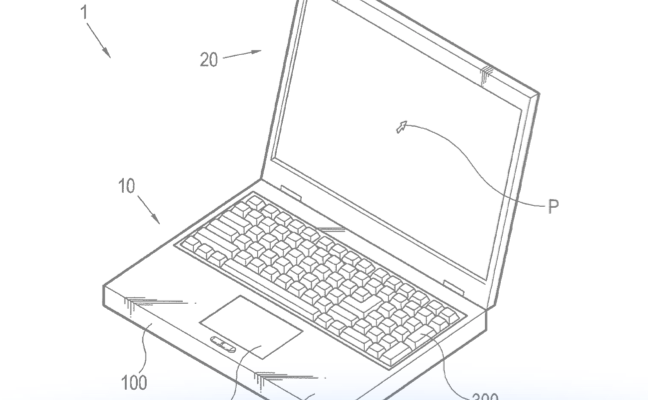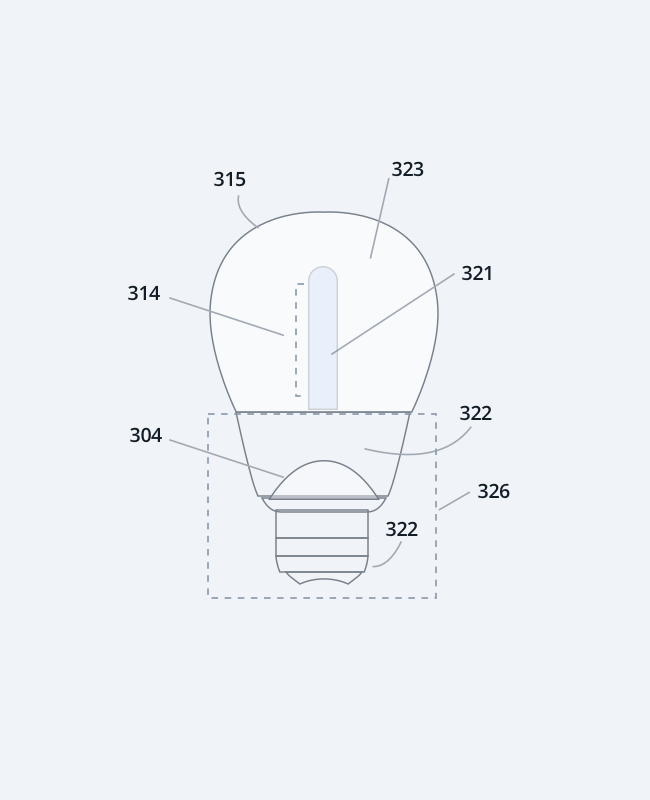If you're not ready to file for a utility patent, buy time and get “patent pending" status.
You created something great,
let's get it protected
out which one is right—we've got you covered.
Trademark, copyright, and patent: what's the difference?
Trademark, copyright, and
patent: what's the difference?
complicated. We're here to make it simple.
Get the right intellectual
property protection

in the world”



Frequently
asked questions
Copyrights protect original creative works, including books, movies, songs, paintings, photos, web content, and choreography. Trademarks protect business and product names, slogans, and logos to help customers tell brands apart.
When you register your trademark, you get strong nationwide protection and the right to file a federal lawsuit against anyone who copies it.
Anyone can use the ™ symbol on their trademark, but it doesn't protect it. The ® symbol means your mark is registered with the United States Patent and Trademark Office (USPTO), giving you all the legal protections that come with it.
A utility patent protects how an invention works. A design patent protects how a product looks. Some inventions may qualify for design and utility patent protection, if both the design and the function are unique and the design doesn't affect the function.
A provisional patent application protects your rights to your invention for up to a year, giving you time to perfect it and/or complete your application for a utility patent. It essentially holds your place in line with the USPTO.
All intellectual
property services



Get attorney guidance
Make informed decisions about intellectual property and more. Talk to an attorney in our network for a low monthly rate that's less than most lawyers charge per hour.
See attorney help


Need help?
Call us at (866) 679-1568
Mon to Fri: 7am - 5pm PT |
Weekends: 7am - 4pm PT
Our agents are based in the US















